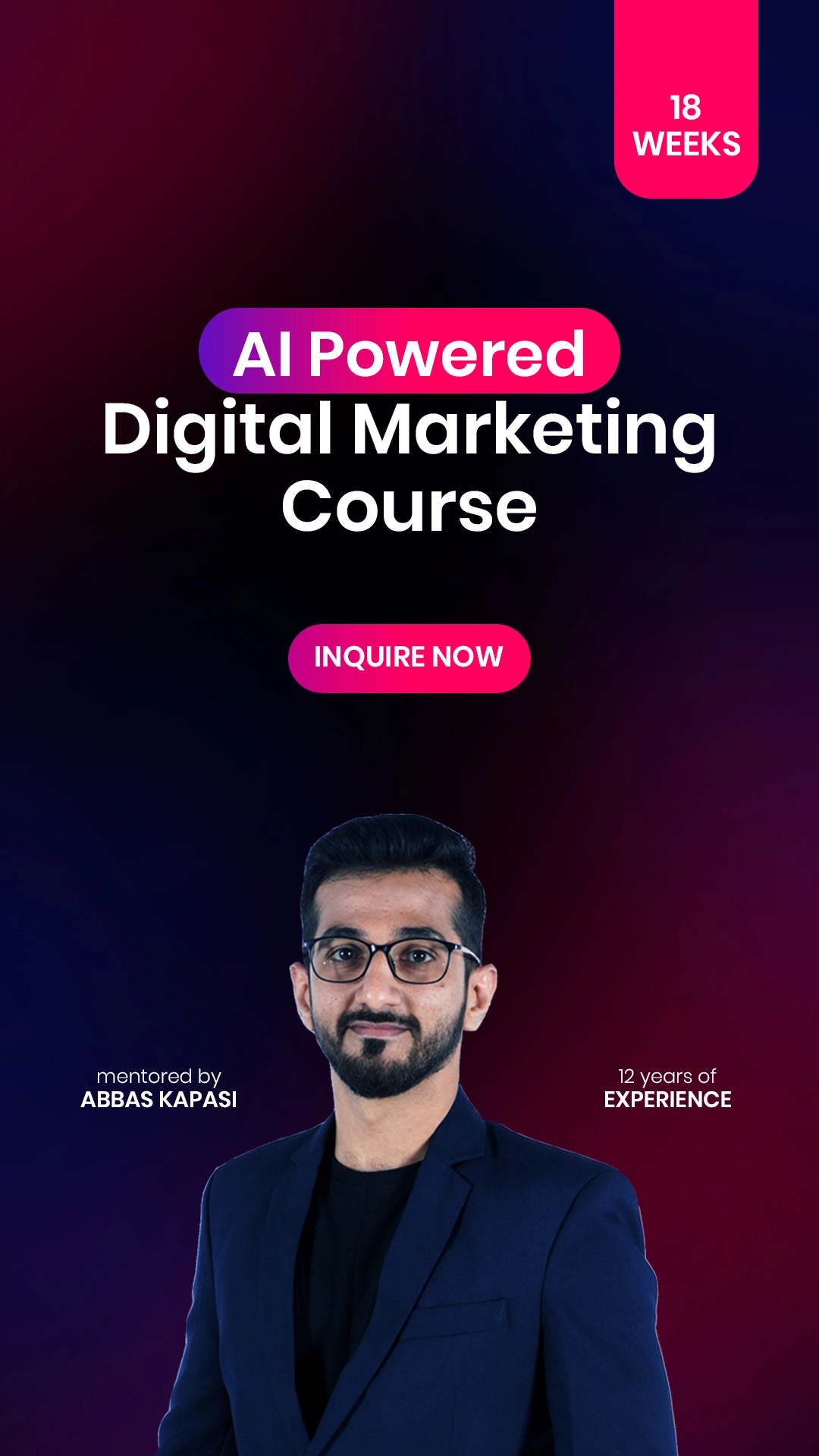In the age of endless scrolling and short attention spans, the ability to capture and hold someone’s attention has become a superpower. Regardless of your niche, product, or service, we are all in the attention business.
Attention is the currency that drives customer engagement, conversions, and brand loyalty.
You get 3 secs. to grab the attention on social media platforms.
It doesn't matter how innovative your product is or how transformative your service claims to be—without capturing attention first, your efforts could be in vain. This blog explores 8 impactful copywriting hooks that will not only grab attention but also sustain it, ensuring your message resonates with your audience.
But before we dive into these techniques, let’s understand a fundamental principle: capturing attention is just one part of the journey.
Your hooks must align with your brand values, messaging, and, most importantly, a product or service that genuinely provides value.
Why Hooks Are Crucial in Copywriting
A hook is a concept or idea that sparks interest in what you have to say.
It’s the first impression that determines whether your audience will continue engaging or scroll past.
Think of a hook as the bait in your fishing line—it reels in your audience, but the content that follows must keep them engaged long enough to take action. Hooks are not just random catchy phrases; they are strategically crafted elements designed to resonate with emotions, beliefs, or desires.
Here are the 8 captivating hooks every copywriter should practice that can transform your copy and elevate your results.
8 Captivating Copywriting Hooks You Should Try
1. Novelty
“Oh, this is different!”
Humans are naturally curious creatures, drawn to things that feel fresh, unique, or groundbreaking. Novelty hooks capitalize on this by highlighting something that’s new or never seen before.
Examples:
- “Introducing the world’s first AI-powered fitness app.”
- “The revolutionary tool transforming content creation.”
- “Limited edition – grab it before it’s gone!”
The promise of novelty creates intrigue and invites people to explore further.
2. Empathy and Hope
“We understand, and we can help.”
Empathy-based hooks resonate deeply with your audience by acknowledging their pain points and offering hope for a solution. These hooks work because they make the reader feel understood and supported.
Examples:
- “It doesn’t have to be this way.”
- “Reclaim control of your finances today.”
- “We know the struggle—but here’s how you can overcome it.”
Pairing empathy with actionable solutions builds trust and connection.
3. Story and Mystery
“You’ll never guess what happened next.”
Stories are powerful because they engage people emotionally. Adding a touch of mystery makes it even harder to look away. This hook compels readers to find out more, often creating a sense of excitement or suspense.
Examples:
- “How one entrepreneur turned failure into a $1M success.”
- “You’ll never believe what happened when I tried this technique.”
- “The secret behind the most successful campaigns revealed.”
Stories backed by mystery lead to deeper engagement and encourage people to keep reading.
4. Future Pacing
“Imagine what’s possible.”
Future pacing hooks help readers visualize the positive outcomes they can achieve with your product or service. By painting a vivid picture of the future, you inspire them to take action.
Examples:
- “Imagine waking up stress-free every day.”
- “What if you could double your income in six months?”
- “When you use our platform, you’ll feel unstoppable.”
These hooks tap into aspirations and desires, making them incredibly compelling.
5. Confirm and Challenge Beliefs
“I knew it!”
This hook works by either confirming or challenging existing beliefs. It appeals to the reader’s desire to be proven right or learn something new.
Examples:
- “You already know why this works—now see it in action.”
- “It’s proven: 8 out of 10 businesses fail without this strategy.”
- “Most people think they know this, but here’s the truth.”
Carefully crafted, this hook can inspire curiosity while reinforcing your credibility.
6. FOMO
Fear of Missing Out
The fear of missing out is a psychological trigger that drives action. FOMO hooks create urgency and the sense that everyone else is already benefiting—except the reader.
Examples:
- “Join over 10,000 happy customers today.”
- “Millions are already talking about this—don’t miss out!”
- “Who else wants to save 50% on premium software?”
The combination of scarcity and social proof makes this hook incredibly effective.
7. Status and Ego
“Make them jealous.”
Everyone likes to feel important, admired, or ahead of the curve. Status and ego hooks play on these desires, offering readers a chance to boost their standing or reputation.
Examples:
- “Show everyone you’ve got what it takes.”
- “Make your neighbours jealous with the best lawn on the block.”
- “They’ll never know how you got so fit—but they’ll definitely notice.”
By appealing to self-esteem, these hooks motivate action on a personal level.
8. Relevancy
“This is for you.”
A relevancy hook targets a specific audience, making them feel like the message is tailored just for them. The more specific your hook, the stronger its impact.
Examples:
- “Are you a freelancer struggling with inconsistent income?”
- “Calling all parents who want their kids to excel in school!”
- “If you’re tired of long commutes, this solution is for you.”
Relevancy builds a connection by showing you understand your audience’s unique situation.
Putting It All Together: The 3-Step Formula
To maximize the effectiveness of these hooks, integrate them into the following 3-step formula for persuasive communication:
- Attention: Use a strong, compelling headline to draw your audience in. Remember, 80% of people won’t read past your headline, so make it count.
- Big Promise: Answer the reader’s primary question: “What’s in it for me?” Highlight the benefits and outcomes your product offers, addressing their pain points and desires.
- Close (CTA): Provide a clear and concise call to action. Avoid confusion—tell your audience exactly what to do next.
Okay, let's break down social media copywriting – what sizzles and what fizzles! 🔥
What Works
Here are a few best practices every social media copywriter should consider to seek audience attention.
- Know Your Audience: Before a single word is written, you GOTTA know who you're talking to. What are their interests, pain points, and dreams? Write like you're speaking directly to them (because you are!).
- Hook 'Em Fast: Attention spans are shorter than ever. Your first line needs to be a grabber – a question, a bold statement, a touch of humour. Think of it as a clickbait headline but with substance!
- Keep it Concise: No one wants to wade through a wall of text. Get to the point quickly, use short sentences, and break up longer thoughts with emojis or bullet points.
- Strong Call to Action (CTA): What do you want people to DO after reading your post? "Shop now," "Learn more," "Comment below" – be clear and direct.
- A Dash of Personality: Inject your brand's unique voice and tone. Are you playful? Authoritative? Quirky? Let it shine through!
- Visuals are Key: A stunning image or video can make your copy sing. Think eye-catching and relevant to your message.
- Hashtags with Purpose: Don't just throw a random jumble of hashtags at the end. Use a mix of popular and niche hashtags that are actually relevant to your content and target audience.
- Engage and Respond: Social media is a two-way street. Reply to comments, answer questions, and foster a sense of community.
What Doesn't Work
Here are a few considerations for social media content taken care of by a copywriter.
- Ignoring Your Audience: Generic, one-size-fits-all copy falls flat. People want to feel seen and understood.
- Walls of Text: Remember those short attention spans? Dense paragraphs are a surefire way to lose your readers.
- Jargon and Technical Terms: Unless you're specifically targeting experts, keep your language clear and accessible.
- Being Too Salesy: No one likes to be constantly bombarded with "BUY NOW!" messages. Focus on providing value and building relationships.
- Inconsistency: Sporadic posting and a lack of a clear brand voice will confuse your audience.
- Ignoring Analytics: Data is your friend! Track your post performance to see what resonates with your audience and adjust your strategy accordingly.
Final Thoughts
Crafting captivating copywriting hooks is an art and a science. While the techniques shared here can help you to improve your copywriting skills.
The true magic lies in aligning these hooks with authentic messaging, a value-driven brand, and a genuinely helpful product or service.
Remember, your goal isn’t just to sell—it’s to create meaningful connections, solve real problems, and build trust with your audience. When you approach copywriting with integrity and creativity, you can sell out your product without selling out your principles. So, start using these hooks and watch your audience engagement soar!


